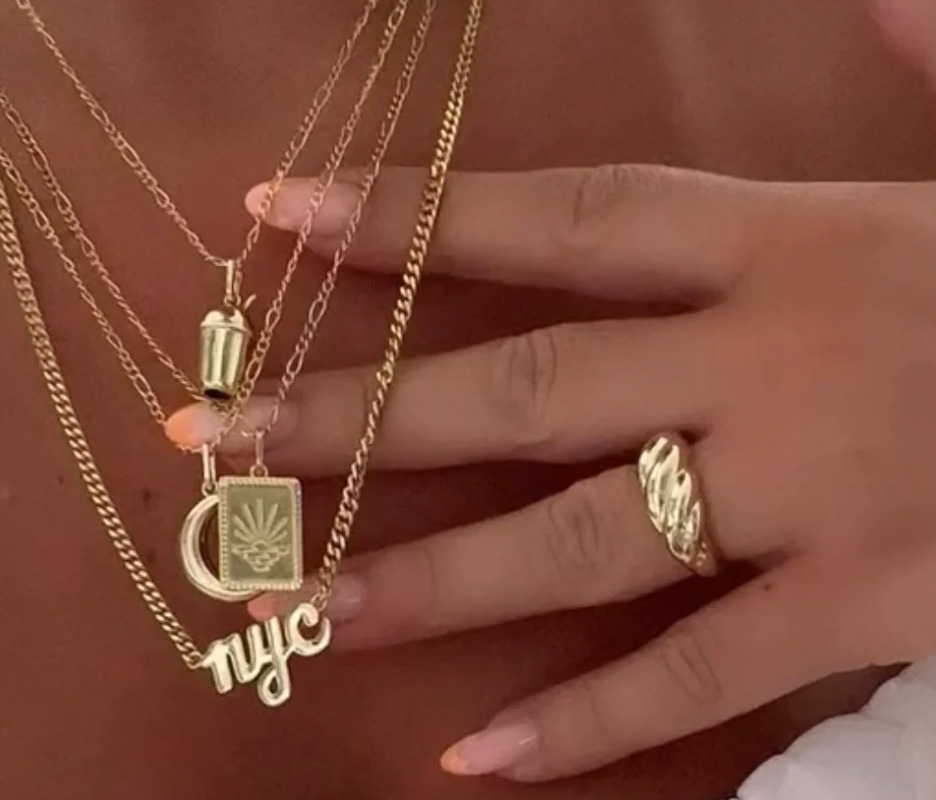The Influence of Different Cultures on Contemporary Jewelry Designs

Jewelry is a universal form of expression that transcends the boundaries of time and geography. Contemporary jewelry designs are increasingly influenced by a diverse range of cultural traditions, blending ancient artistry with modern aesthetics. This cross-cultural exchange enriches the jewelry world, offering unique pieces that reflect a global tapestry of styles and meanings. This article explores how various cultures have shaped contemporary jewelry designs, highlighting key influences and their impact on current trends with evry jewels.
The Global Melting Pot of Jewelry Design
Cultural Cross-Pollination
In today’s globalized world, jewelry designers draw inspiration from a multitude of cultures. This cross-pollination results in a rich blend of styles, techniques, and symbols. Designers often integrate elements from different traditions to create innovative pieces that resonate with a broad audience. This fusion not only celebrates cultural diversity but also introduces new artistic concepts and materials into mainstream jewelry design.
The Role of Global Travel and Digital Media
Global travel and digital media have played significant roles in exposing designers and consumers to diverse cultural influences. Designers traveling to various countries often bring back ideas and techniques that they incorporate into their work. Meanwhile, social media platforms and online marketplaces enable a wider exchange of ideas, allowing trends from one culture to quickly influence another. This interconnectedness accelerates the evolution of contemporary jewelry design, blending traditional and modern elements seamlessly.
Influences from Specific Cultures
Ancient Egyptian Motifs
Symbolism and Aesthetics
Ancient Egyptian jewelry is renowned for its use of symbolic motifs and intricate designs. Key symbols include the ankh (symbol of life), the scarab beetle (symbol of protection), and the eye of Horus (symbol of health and protection). These elements are characterized by their bold geometric patterns and vibrant use of colored gemstones.
Modern Adaptations
Contemporary designers often incorporate these ancient Egyptian motifs into modern pieces, blending traditional symbols with current trends. For example, modern pendants and rings may feature scarab beetles or ankh symbols, rendered in minimalist or abstract styles. This fusion honors the historical significance of the symbols while giving them a fresh, contemporary look.
Indian Jewelry Traditions
Rich Heritage and Craftsmanship
Indian jewelry is celebrated for its opulence and craftsmanship. Traditional pieces often feature intricate designs, vibrant gemstones, and detailed metalwork. Key elements include elaborate necklaces, bangles, and earrings adorned with pearls, emeralds, and rubies. Indian jewelry also often incorporates cultural symbols such as the lotus flower and peacock motifs, which signify beauty and grace.
Contemporary Fusion
In modern jewelry design, Indian elements are frequently combined with Western styles. For instance, traditional Indian motifs might be reimagined in streamlined, modern silhouettes, or combined with minimalist designs to create a unique fusion. This approach preserves the essence of Indian craftsmanship while making it accessible and relevant to contemporary fashion.
African Artistry
Traditional Elements
African jewelry is known for its use of bold, colorful beads, intricate metalwork, and tribal motifs. Traditional African jewelry often features geometric patterns and symbolic designs that reflect various ethnic identities and cultural stories. Materials such as bone, shell, and carved wood are commonly used, alongside vibrant beads made from glass and ceramics.
Modern Interpretations
Contemporary jewelry designers draw on African artistry to create striking, modern pieces. For example, geometric bead patterns might be translated into sleek, polished designs, or traditional metalwork techniques might be used to craft contemporary statement pieces. This fusion highlights the beauty of African craftsmanship while adapting it to modern tastes and trends.
Japanese Influences
Minimalism and Precision
Japanese jewelry design is renowned for its minimalist approach and attention to detail. Traditional Japanese jewelry often features simple, elegant designs with a focus on craftsmanship and quality. Elements such as delicate metalwork and understated gemstone settings are hallmarks of Japanese aesthetics.
Contemporary Innovations
Modern Japanese-inspired jewelry often combines traditional minimalism with innovative materials and techniques. Designers may use advanced technologies to create intricate, yet understated pieces that reflect Japan’s rich cultural heritage. For example, laser-cut metal designs and modern enamel techniques might be used to produce jewelry that honors traditional aesthetics while embracing contemporary trends.
The Future of Cross-Cultural Jewelry Design
Embracing Diversity and Innovation
As the world becomes increasingly interconnected, the influence of different cultures on contemporary jewelry design is likely to continue expanding. Designers will increasingly draw on a diverse range of cultural traditions to create unique, hybrid pieces that reflect the globalized nature of fashion. This ongoing exchange of ideas will drive innovation and inspire new trends, allowing jewelry to evolve while celebrating its rich cultural heritage.
Preserving Cultural Significance
While blending cultural elements can lead to exciting new designs, it is essential for designers to approach this process with respect and sensitivity. Ensuring that cultural symbols and traditions are accurately and thoughtfully represented helps preserve their significance and honor their origins. Collaborative efforts with cultural experts and artisans can aid in maintaining authenticity and respect in the design process.
Conclusion
The influence of different cultures on contemporary jewelry designs enriches the industry with a diverse array of styles, symbols, and techniques. From the symbolic motifs of ancient Egypt to the minimalist elegance of Japanese design, each cultural tradition contributes to a global tapestry of creativity and innovation. By embracing this cultural diversity, contemporary jewelry designers can create pieces that celebrate the beauty of tradition while pushing the boundaries of modern design. As we move forward, the fusion of cultural influences will continue to shape and inspire the world of jewelry, offering new ways to express individuality and heritage.
